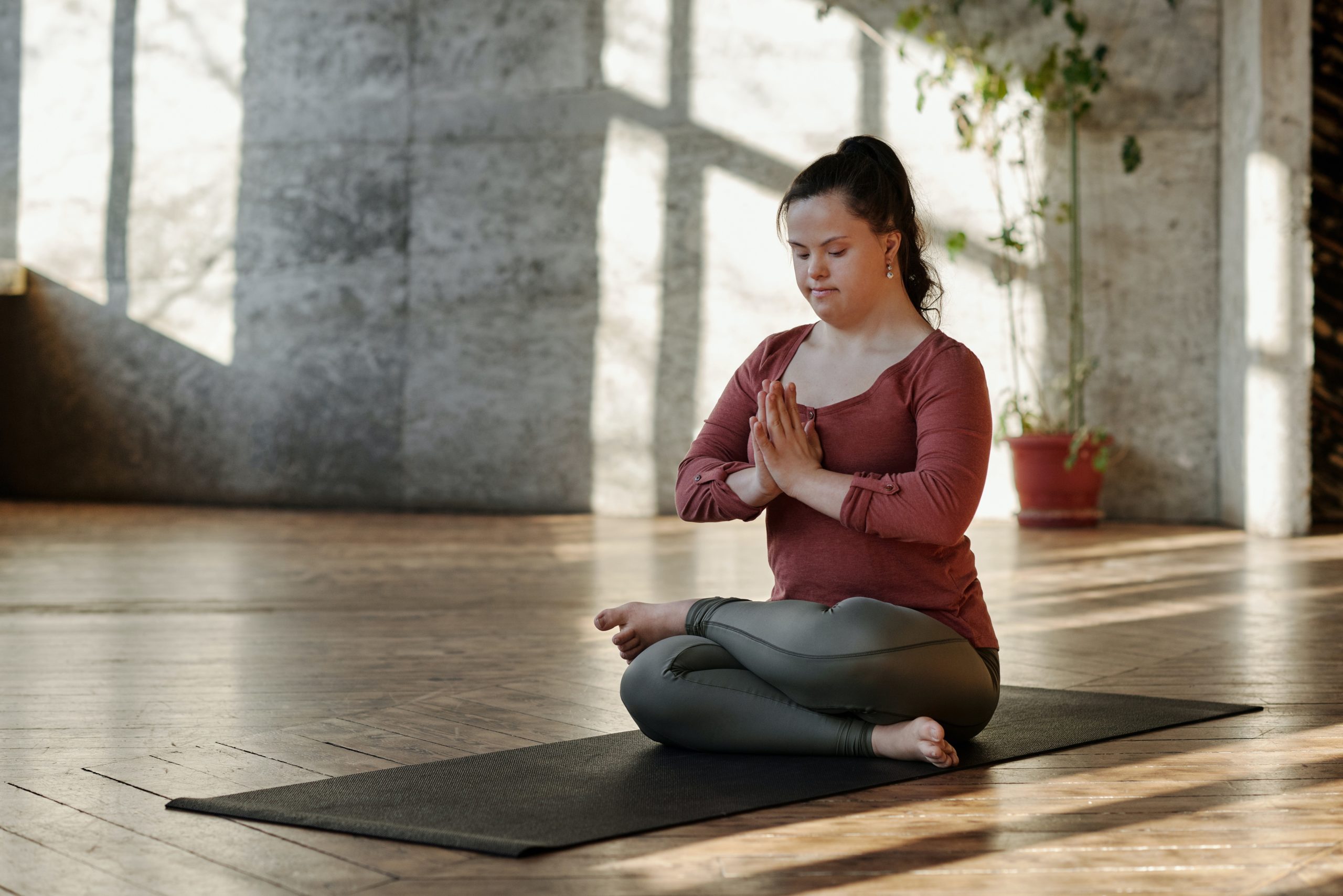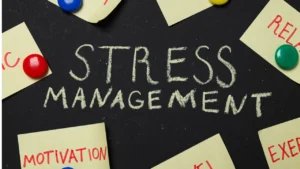Stress has become an unavoidable part of modern life, affecting both our mental and physical health. From packed schedules to personal challenges, everyday pressures can leave us feeling overwhelmed and depleted. Left unchecked, long-term stress may even lead to serious health issues like heart disease, anxiety, or insomnia. That’s where breathing exercises and meditation come in. These simple, natural techniques offer an instant way to calm your mind, center your focus, and alleviate stress. The best part? They’re accessible to anyone, anywhere, at any time.
The Science Behind Breathing Exercises and Meditation
Both breathing exercises and meditation have deep scientific roots, proven to benefit our bodies and minds. When we’re stressed, our body activates its “fight or flight” response, releasing cortisol and elevating our heart rate. Breathing exercises help activate the parasympathetic nervous system, the body’s “rest and digest” mode, which reduces cortisol levels and promotes relaxation. Meditation, on the other hand, trains your brain to be more calm and focused, allowing you to better respond to stress over time. The combination of these practices creates powerful effects that extend beyond the moment, improving your overall sense of well-being.
Deep Breathing Techniques
Learning the right breathing techniques can make a world of difference in how quickly you can calm your mind and body. Diaphragmatic breathing, for instance, encourages deep, slow breaths that expand your belly rather than your chest, ensuring your lungs fill completely. This type of breathing increases oxygen intake, calming both your heart rate and your mind. Another helpful method is box breathing, where you inhale, hold your breath, exhale, and hold again for equal counts (e.g., four seconds each). Alternate nostril breathing, used in yoga practices like Pranayama, is another excellent technique that promotes balance and relaxation by alternating breaths between nostrils in a controlled manner.
Whether you’re commuting, preparing for a big presentation, or winding down before bed, these breathing exercises can be a game-changer for immediate stress relief.
Meditation Practices
Meditation may sound intimidating to beginners, but it’s much simpler than it seems. Mindfulness meditation, one of the most popular practices, involves focusing entirely on the present. You might engage all your senses in a mundane activity, like drinking a cup of tea, or simply focus on your breath while observing (but not judging) your thoughts. Guided meditation is another great option, particularly for beginners. Through an app or audio recording, you’ll listen to calming instructions that guide you through a relaxation exercise or visualization. Loving-kindness meditation, on the other hand, promotes empathy and compassion by encouraging positive feelings toward yourself and others.
The beauty of meditation is its flexibility. Whether you have five minutes or an hour, there’s a technique to fit into your schedule and needs.
How to Incorporate These Practices Into Daily Life
You don’t need a ton of time or a dedicated space to make breathing exercises and meditation part of your routine. Start small by including a five-minute breathing exercise during your morning routine or taking a mindfulness break at lunch. Incorporating reminders, like setting alarms or using mobile apps, can also help you stay consistent. If you commute, try practicing deep breathing while on the train or during traffic. During breaks at work, step away from your desk and spend a few moments meditating to recharge. By weaving these techniques into your daily activities, you’ll find yourself calmer, more centered, and better equipped to handle life’s challenges.
Benefits of Combining Breathing Exercises and Meditation
While both breathing exercises and meditation are effective individually, their combined use can magnify their stress-relieving benefits. Breathing techniques help prepare your body for meditation, calming it enough to focus and maintain mindfulness. Likewise, meditation can make you more attuned to your breath, allowing you to practice breathing exercises more effectively. Together, they create a virtuous cycle that fosters physical relaxation and mental clarity, leaving you feeling truly rejuvenated.
Addressing Common Challenges and Misconceptions
One of the most common challenges with these practices is consistency. Many people start with enthusiasm, only to struggle with making them a regular habit. Address this challenge by starting small. Even one minute of mindful breathing can have noticeable effects and encourage longer practices over time. Another misunderstanding is that meditation requires a completely blank mind—but meditation isn’t about silencing your thoughts. Instead, it’s about observing them without judgment. Lastly, many people assume they need special tools or a perfect environment to meditate or practice breathwork, but all you really need is yourself and your breath.
Simple Solutions for Instant Calm
Stress doesn’t have to control your life. Breathing exercises and meditation provide simple, effective tools to manage moments of overwhelm and build greater emotional resilience over time. By incorporating them into your daily routine, you’ll find that even the smallest effort can lead to profound results. Whether you’re new to these techniques or looking to deepen your practice, remember that these moments of calm are always within reach.
Take a deep breath. Close your eyes. And give yourself permission to find peace amidst life’s chaos.
FAQ
1. How long should I practice breathing exercises or meditation?
Even 1-5 minutes can provide benefits, but longer sessions (10-20 minutes) offer even greater stress relief.
2. Do these practices replace other stress-relief methods like therapy or medication?
Breathing exercises and meditation are excellent complements to professional care but shouldn’t replace it for serious conditions.
3. Can beginners try advanced techniques like alternate nostril breathing?
Yes, beginners can explore all techniques. Start slowly, follow instructions, and focus on comfort.
4. Are there apps to help guide breathing or meditation?
Absolutely! Apps like Calm, Headspace, and Breethe offer guided sessions tailored to your needs.
5. How quickly will I see results?
Some effects, like lowered heart rate, are immediate. Consistency leads to long-term benefits for stress and focus.




